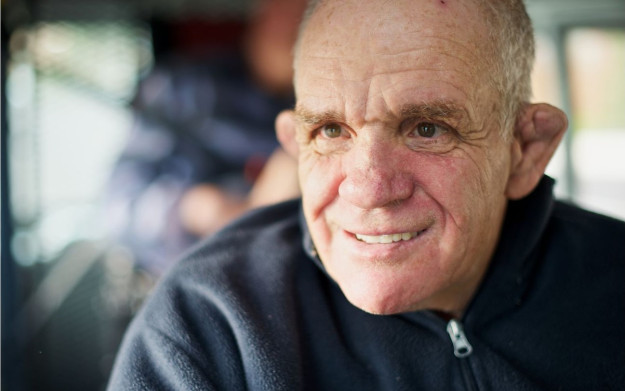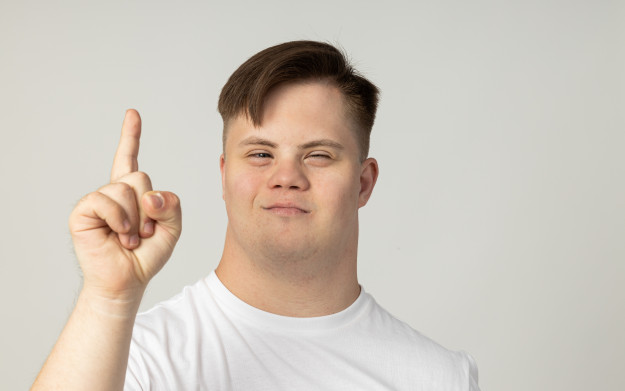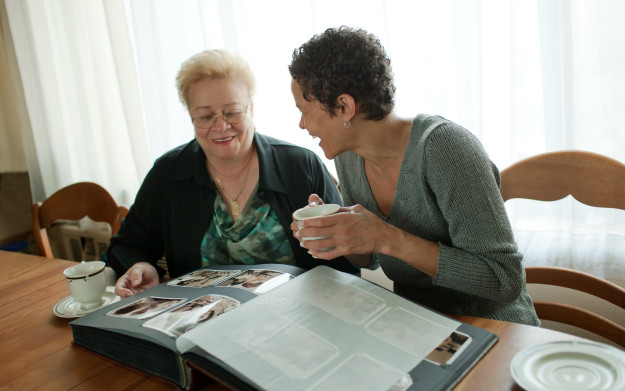Work in Progress! We are building a new website about supported decision-making. We haven't finished checking the content yet. We want to make sure everything is clear and correct before we share it. Please come back soon to see the finished website.
What is supported decision-making?
Supported decision-making helps people make their own choices about their lives, with the support of people that they choose.
What is involved?
Supported decision-making means helping someone make their own choices. A person might need support to:
- gather information
- make information easier to understand
- look at the good and bad points of each option
- think about what matters to them
- understand the decision
- make the decision
- feel confident
- put the decision into action
Having this support respects their right to make decisions about their life. Supported decision-making is based on two human rights:
- Everyone has the right to make their own choices.
- Everyone has the right to support and make their own choices.
Supported decision-making involves a decision-maker and one or more supporters.
The decision maker
- chooses the supporter
- is at the centre
- makes the decision
The supporter
- can be anyone that the decision-maker trusts. They may be a family member, friend, someone who supports the decision-maker as a job, or a professional.
- gets to know what is important to the decision-maker and what support works best for them
- helps the decision-maker to understand and think about options
What types of decisions?
Supported decision-making can be helpful for all sorts of life decisions. Whatever the decision, the decision-maker has the right to be supported to make their own decisions wherever possible.
Supported decision-making can help people decide day-to-day things like:
- What to eat
- What to wear
- How to spend free time.
Supported decision-making can help people make lifestyle choices like:
- Special diets
- Exercise habits
- Relationships
Supported decision-making can help people make life-changing decisions like:
- Medical care
- Money matters
- Work options
Big ideas
Click on the topics below to find out about some of the big ideas that are important in supported decision-making.
-
Everyone should get the support they need to make decisions
Everyone should be seen as able to make their own choices, as long as they get the support they need.
-
Always remember whose life it is
It’s not about what the supporter thinks is best.
-
The focus is always on what the person wants
Supported decision-making puts the person's will and preferences at the centre of the decision.
-
Everyone has a right to take risks
People should be supported to live the life they choose, even if there are some risks involved.



